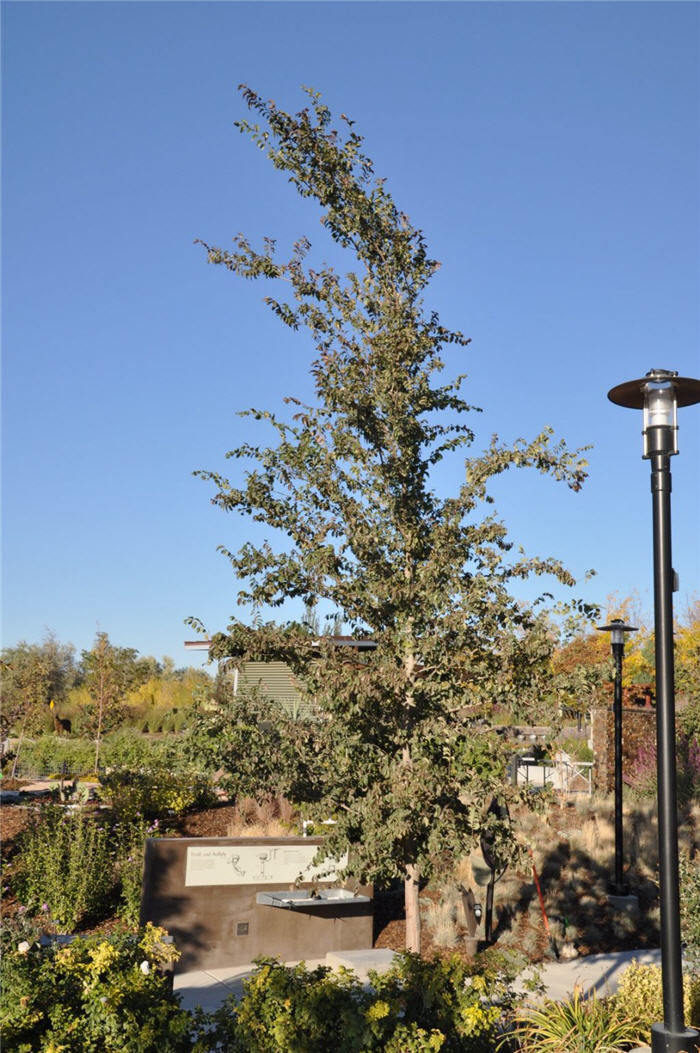| Botanical Name: Ulmus parvifolia 'Emer ll' | |
| Common Name: Allee Lacebark Elm |

-
Anatomy
-
Culture
-
Design
Plant Type
Tree
Height Range
40-60'
Flower Color
Green, Yellow
Flower Season
Summer
Leaf Color
Green
Bark Color
Brown, Grey
Fruit Color
Brown
Fruit Season
Fall
Sun
Full
Water
Low
Growth Rate
Fast, Moderate
Soil Type
Sandy, Clay, Loam, Rocky, Unparticular
Soil Condition
Average, Rich, Poor, Well-drained, Dry
Soil pH
Neutral, Basic
Adverse Factors
n/a
Design Styles
Formal, Mediterranean, Ranch, Woodland
Accenting Features
Fall Color, Specimen
Seasonal Interest
Winter, Spring, Summer, Fall
Location Uses
Background, Lawn, Patio, Park
Special Uses
Shade Tree
Attracts Wildlife
Birds
Information by: Stephanie Duer
Photographer:
Photographer:
-
Description
-
Notes
Tall, upright and arching, Allee Elm's growth habit is unique among U. parvifolia cultivars, being reminiscent of the grand American Elm, with an upright and arching habit. Grows 50 feet tall and 35 feet wide. Foliage is glossy green, with a yellow-orange to rust red fall color. Its exfoliating bark creates a mosaic of orange, tan and gray, a beautiful sight on a mature tree. Discovered by Dr. Michael Dirr of University of
Georgia, Athens.
Grow in full sun and well drained soil; prefers a loamy-clay to sandy-loam soil, though it is adaptive. pH adaptive. Resistant to Dutch Elm disease and phoem necrosis. Lacebark elm are wonderful trees, and should not be confused with Ulmus pumila, Siberian Elm. Also known as 'Emerald Vase.'